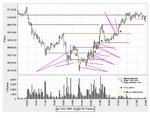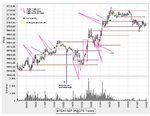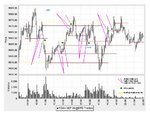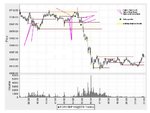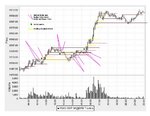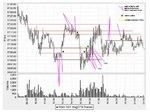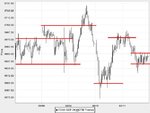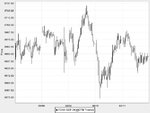firewalker99
Legendary member
- Messages
- 6,655
- Likes
- 613
wasp said:Everybody tells you to be disciplined and stick to your plan but you'd love to take an off-the-peg-system because you know they work as they have made others money. You try and try to come up with a plan of your own but you never seem to move forward as you trade it, its good for a few days then you take a few losses, make a few mistakes, get pissed off, then start trading with no solid reasoning....
We have all been there mate... my PM last night, TheBrambles post I forwarded to you... You will get posters who say they paper traded until they were consistent and never blew an account (salt and pinch, large pinch...) Heres a good example for inspiration... Another member here traded for 3 years and blew £50'000 learning... he then spent a year studying and testing and paper trading and doing it all again.... He now earns 6 figures a year but it came through hard work, long slogs and alot of discipline.
I'm not saying you need lose 50k to become profitable but you do need a good plan before the disicpline becomes relevant as without one, you can't win...
This is where the long slog and hard work comes in... To achieve my MA system, I tested 10 years worth of charts, by hand, each day singulary, checking the best option for the stoploss, trailing or targets, entries and exits, money management and leverage... everything, sometimes going back and starting all over again... its a nightmare but a neccessary one. db and co' can help you understand the market but no-one can help you come up with a plan that fits your requirements.
I read you don't have access to alot of data? You need it...
What you need to do (all IMO of course) is thus.......
Take a look at 5 charts, see where you could see good opportunities... find one that produces more winners or more points vs losses on those charts...
Then, get a couple of years worth of data and study, study, study.... Do it till your eyes bleed and your addicted to Nurafen.... Do it until your trading your plan like a barman pulling pints.... Till you can trade your plan and not care! You need to test every situation and possibility and every angle. Check entries and exits until it will work more than you need and then you can trade it with discipline and unfetering emotion....
The profits from trading have to be earnt through alot of work... Its like anything similar... Trading on the web is so common that anyone thinks they can open an account and make millions but you wouldn't try brain surgery after reading a couple of books, or try to sue someone in court after a few episodes of Perry Mason... it takes work, and lots of it!!!
Sorry! but it will be worth it in the long run though...
Thanks I appreciate your comments, especially as they depict things as they are. You don't beat around the bush, but you don't convict or make a judgement. I know it's up to me and I know it's going to be hard work. You can tell that other member he's not alone in losing that kind of money. I wonder how he managed to pick it all up again, once over and try again. Anyhow, I admit I was naive from the start and because I actually made some money from the beginning it all seemed to easy. Of course that was just luck... This article actually tells a story all too familiar... http://www.precisefutures.com/free_doc/doc_1.html


